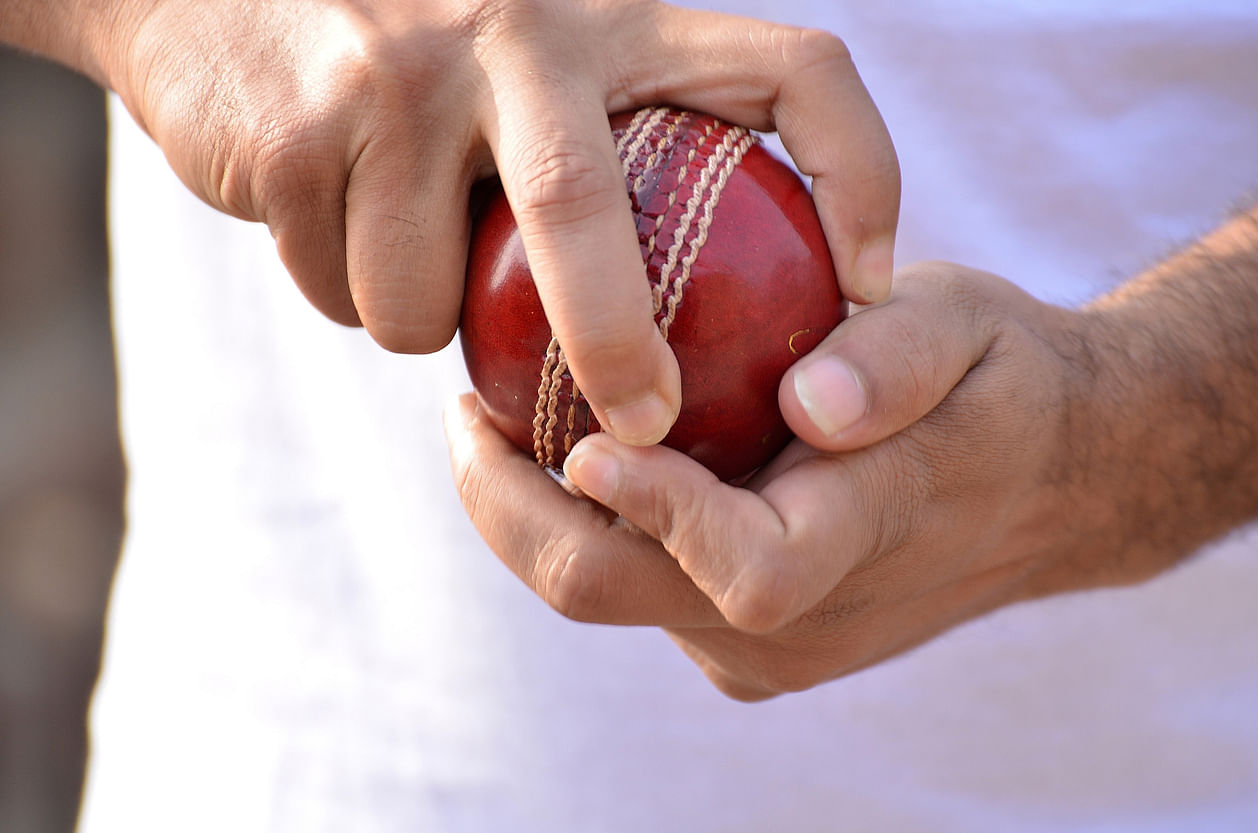
The vexed issue of using saliva to shine the ball in the time of Covid-19 has been settled for the moment, albeit not to everyone's satisfaction. On Tuesday, the International Cricket Council (ICC), while approving all the recommendations of its Cricket Committee, banned applying saliva to shine the ball. The interim changes to minimise the spread of the pandemic come with a price tag though. What impact will it have on the performance of bowlers, who are already frustrated that the game is tilted against them? Why are they, especially the pacers, unhappy with the ICC's decision to not allow an external substance to shine the ball?
Why do bowlers apply saliva on the ball?
Swing (deviating the ball sideways through the air as it moves towards or away from the batsman) is a key weapon in a fast bowler's armoury. The shine on the new ball helps them procure conventional swing but as the ball gets old and loses its original shine due to wear and tear, saliva and sweat help the bowlers maintain the sphere. The bowlers and the designated 'ball handlers' start working on the ball from the start to ensure one side of the ball maintains its shine that aids reverse swing (when the ball moves towards the batsman), which is quite effective on sub-continental pitches. Even the spinners benefit from this ball as it drifts in the air and skids when pitched on the shiny side.
Why was saliva banned, not sweat?
The novel coronavirus transmits between people through physical contact and respiratory droplets. Spitting on the ball, therefore, increases the danger of spreading the virus. The ball gets passed on to different players before reaching the bowler, putting the entire team at risk. The ICC medical team, however, said there is no such danger while using sweat.
How are bowlers in the subcontinent going to be affected by the ban on saliva?
The batsmen-friendly pitches in the subcontinent have always challenged pacers. Once the ball loses its shine, the nature of the surface and the conditions don't aid conventional swing. This is when reverse swing comes to their rescue. The basic requirement for the reverse swing is that one side of the ball has to be shiny (which is managed by rubbing it on trousers, applying saliva and sweat) while the abrasive pitch and the not-so-lush outfield help scuff the ball on the other side. The bowler's skills and the aerodynamics at play then bring reverse swing into the equation.
How effective is sweat in shining the ball?
Not many pacers, present or past, are convinced that sweat can be as effective as saliva and there is an explanation for this. Saliva, which is more viscous (thick, sticky and not flowing easily), is more effective in maintaining the shine compared to sweat, which is lighter. Besides, the effect of saliva lasts longer than sweat which may evaporate rather quickly in subcontinental conditions.
What's the alternative? Can bowlers use any external substance?
Allowing an external substance to shine the ball is akin to legalising tampering, which is a punishable act under the ICC's Code of Conduct. The ICC Cricket Committee led by Anil Kumble was against legitimising this unethical act. Kookaburra, the Australian sports equipment company, recently said that it was developing a wax applicator to preserve the shine on the ball. And even if you permit an external substance (such as wax, vaseline or mint), there are practical difficulties in using it. Who will keep the substance? How much substance should be used? Who ensures fairness? And with non-neutral officials set to officiate at the matches due to travel restrictions and quarantine norms, it's bound to raise doubts in the visiting team's camp.